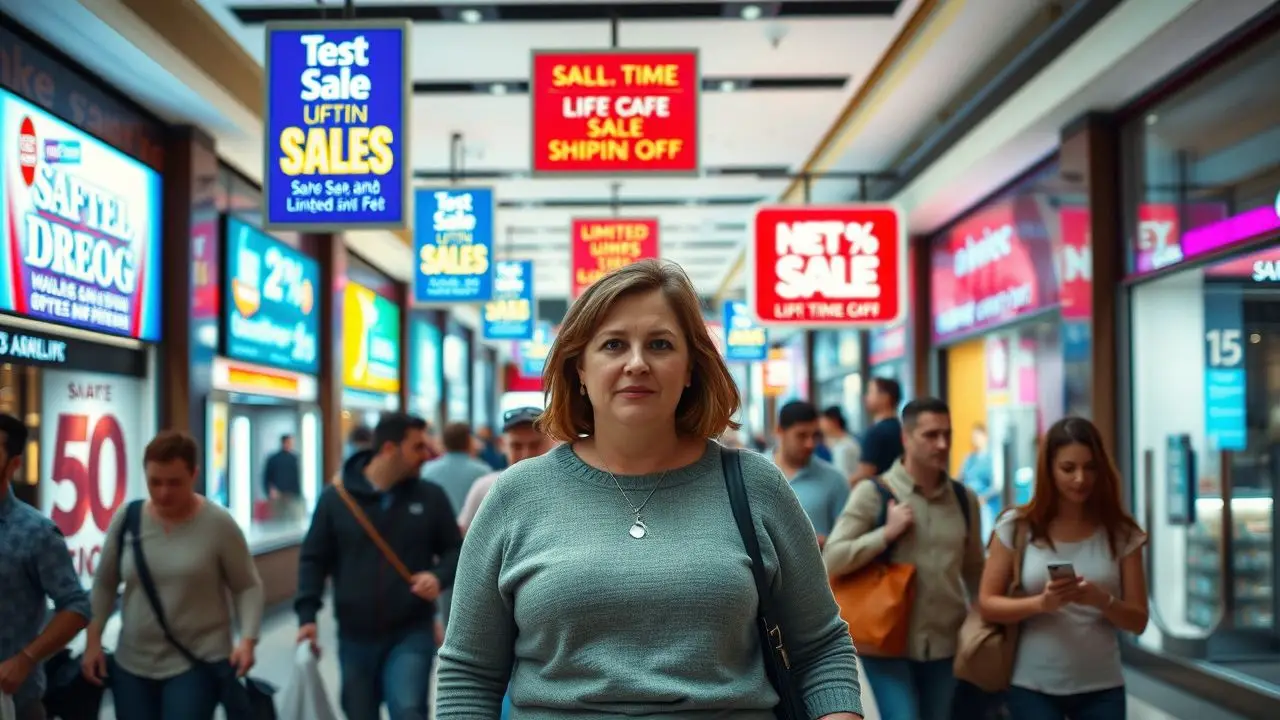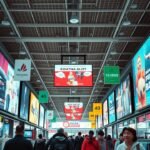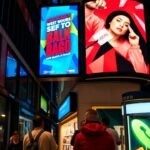Retailers often struggle to catch customers’ eyes. Digital signage is a powerful tool for this. This blog will show how it boosts sales and promotes limited-time offers. Keep reading to learn more!
Key Takeaways
- Digital signs catch customers’ eyes with bright images and videos. They show sales and new items fast.
- Stores change digital sign content for different times or weather. This grabs more shopper attention.
- Signs with customer reviews build trust. Happy stories push others to buy too.
- Retailers manage signs from anywhere, keeping ads fresh. They also see what works by tracking sales data.
- The future of retail looks exciting with digital signs. They will show deals quickly and fit local needs better.
Table of Contents
ToggleUnderstanding Digital Signage in Retail
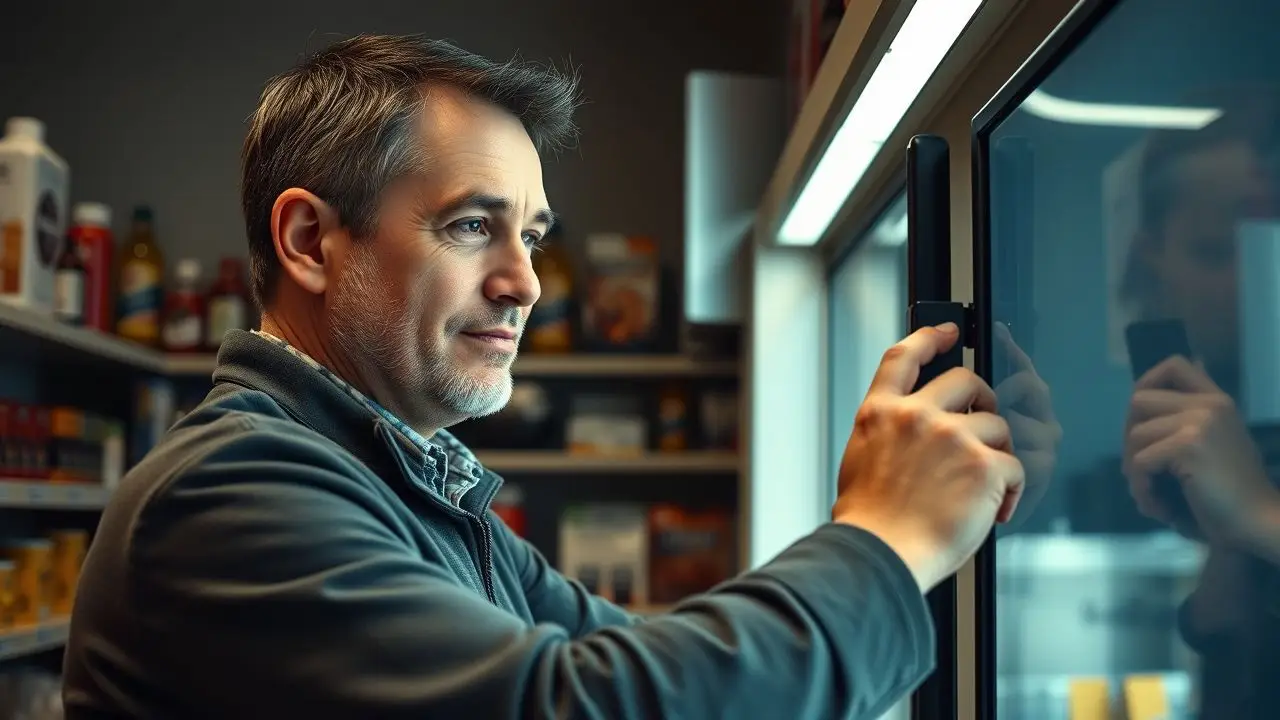
Digital signage helps stores display important messages and promotions. It grabs customers’ attention and can boost sales quickly.
What is digital signage?
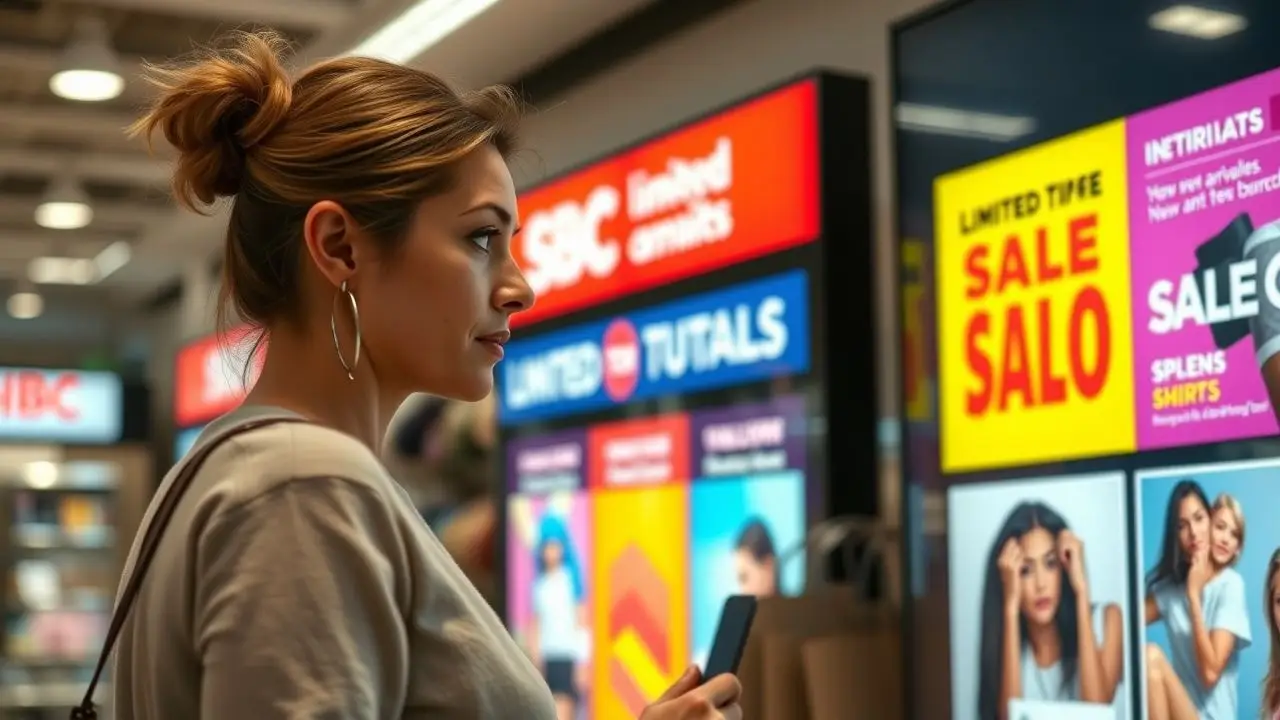
Digital signage uses screens to show information and ads in stores. This technology helps retailers promote sales and limited offers effectively. Retailers can display vibrant visuals that capture customer attention.
They can use slideshows or videos to showcase promotions, new arrivals, or best-sellers. These displays make it easy for customers to see exciting products.
Shoppers engage more with digital signs than static posters. The bright colors and moving images draw people in. Stores can also change their messages easily based on the time of day or weather.
For instance, a store might offer warm drink specials on a cold day. First-hand experience shows that these dynamic strategies boost foot traffic and improve retail advertising efforts significantly.
How does it drive sales?
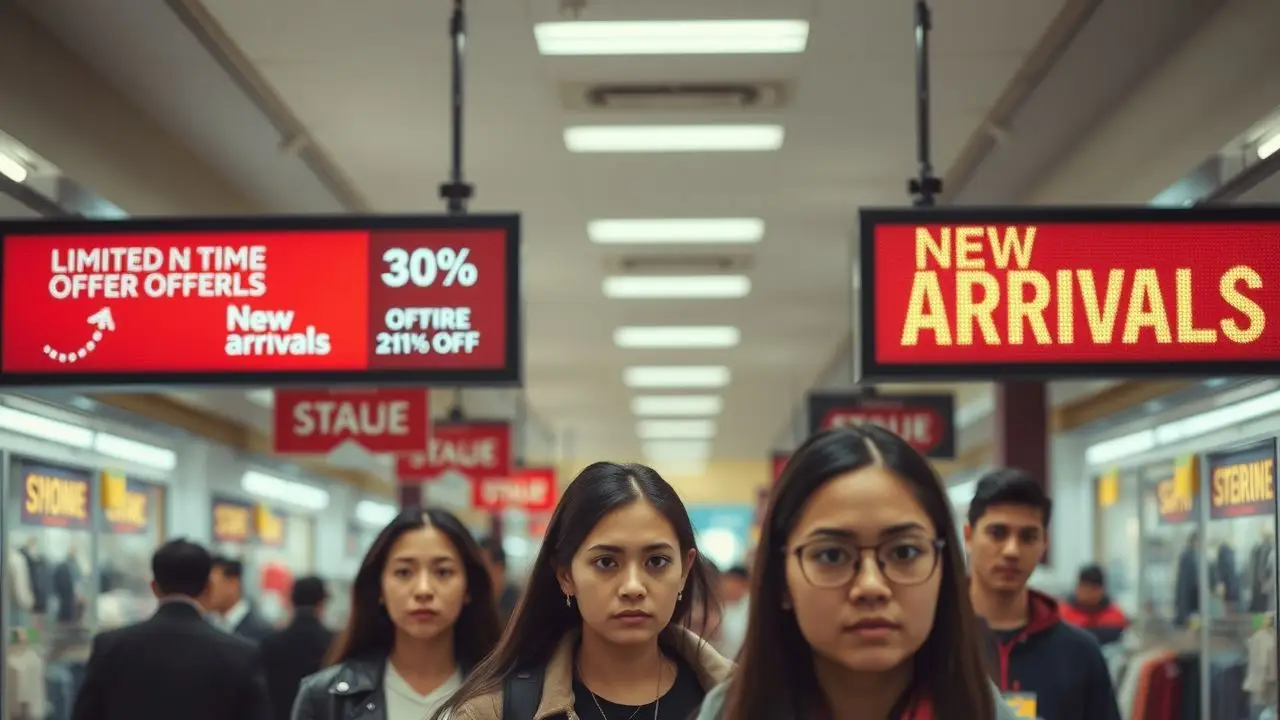
Digital signs drive sales by grabbing customers’ attention. Bright visuals and moving images stand out in a crowded store. They promote limited-time offers and create urgency. Shoppers feel they must act fast to get the best deals.
These signs can display new arrivals and best-sellers, guiding customers to popular items. With dynamic content, retailers can change ads based on the time of day or weather conditions.
This flexible approach keeps messaging fresh and relevant, boosting customer engagement and increasing retail sales significantly.
How Digital Signs Help Retailers Promote Sales and Limited Offers
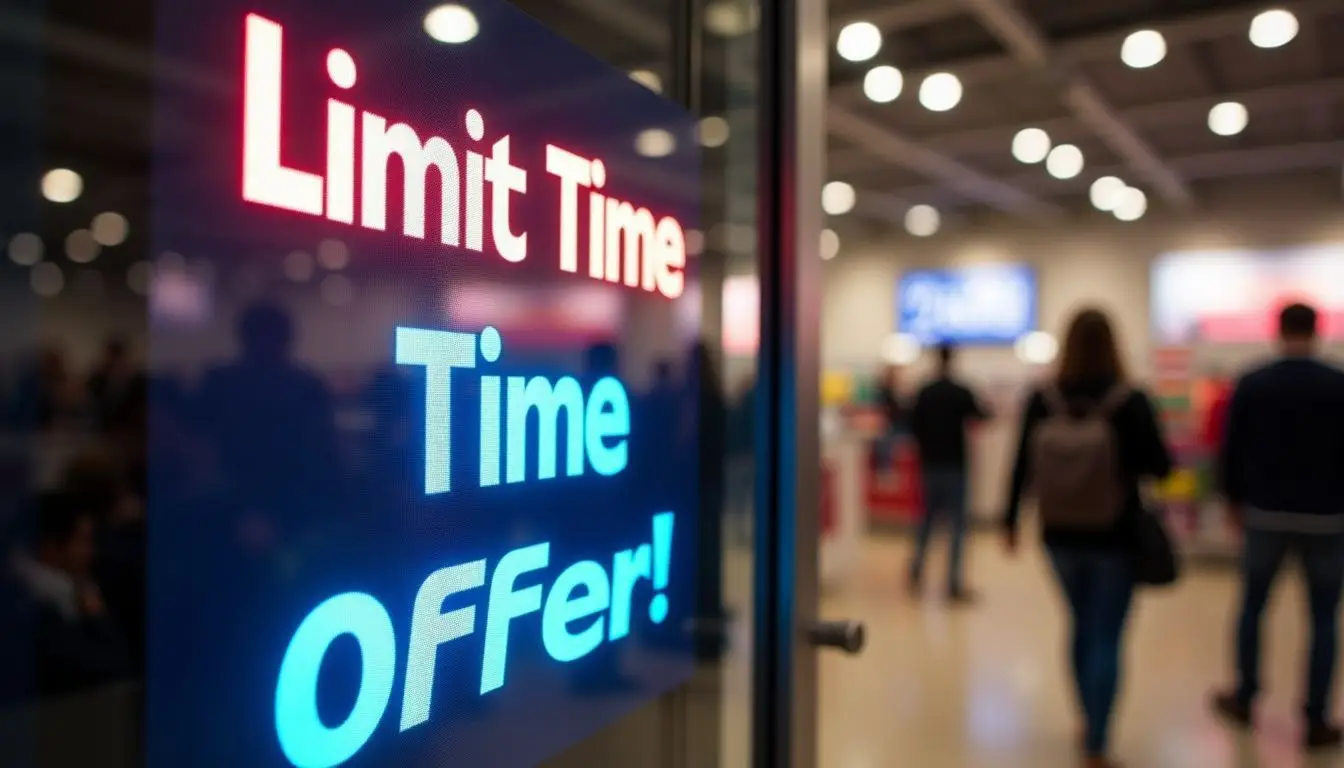
Digital signs are great tools for retailers. They grab attention and boost sales with eye-catching displays.
Using slideshows and video loops
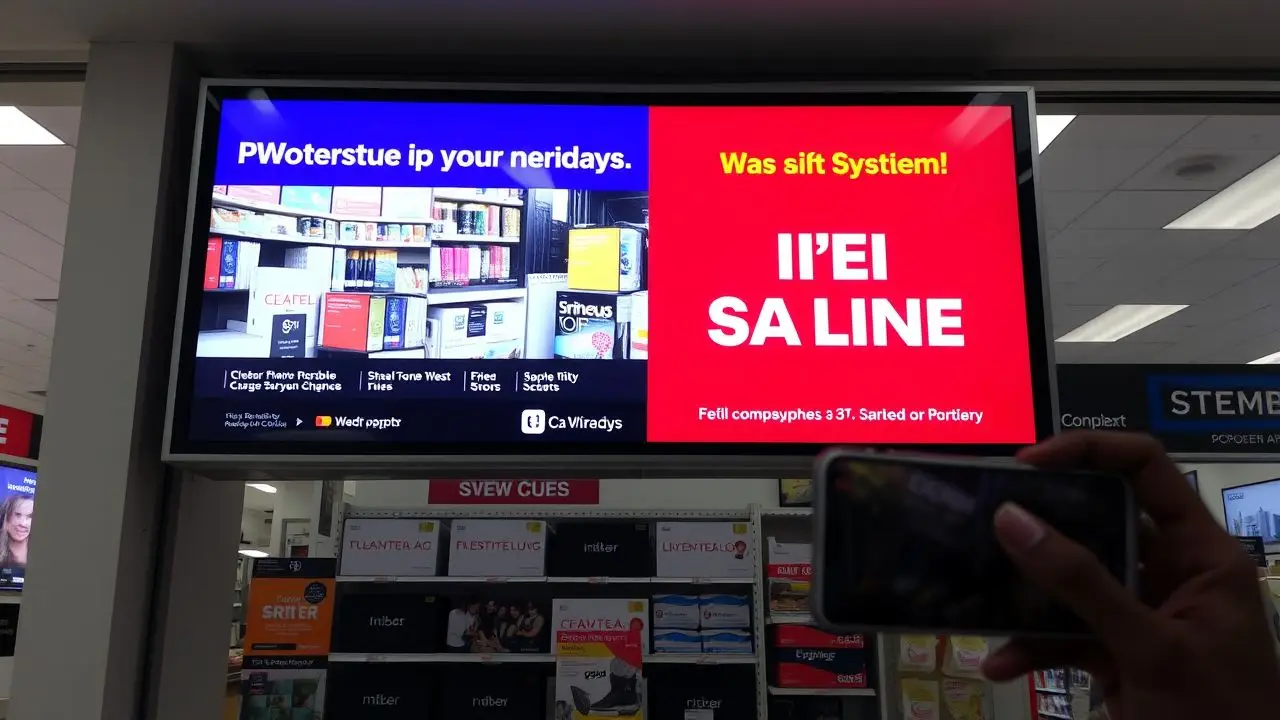
Digital signs attract attention. They show colorful images and moving videos to catch the eye.
- Slideshows can display several products in a short time. This keeps customers engaged. Shoppers see new arrivals or best-sellers quickly.
- Video loops add movement and sound. They bring excitement to a store. Customers may stop to watch these lively clips.
- Retailers can change the content easily. New promotions can go live instantly. This ensures that shoppers always see the latest offers.
- Using slideshows for limited-time offers creates urgency. Customers feel they must act fast to grab deals before they end.
- Video loops allow storytelling for brands. A strong story can connect with shoppers more effectively than simple text.
- The timing of these displays matters a lot. Specific products might sell better in different hours of the day.
- Combining images with catchy slogans boosts sales more than plain signs do. Customers will remember these messages longer.
- These methods engage shoppers at the point of purchase. Digital signage helps them decide what to buy right there.
Digital signs play a big role in retail marketing strategies today, especially when used as promotional signage or point-of-purchase displays.
Promoting new arrivals and best-sellers
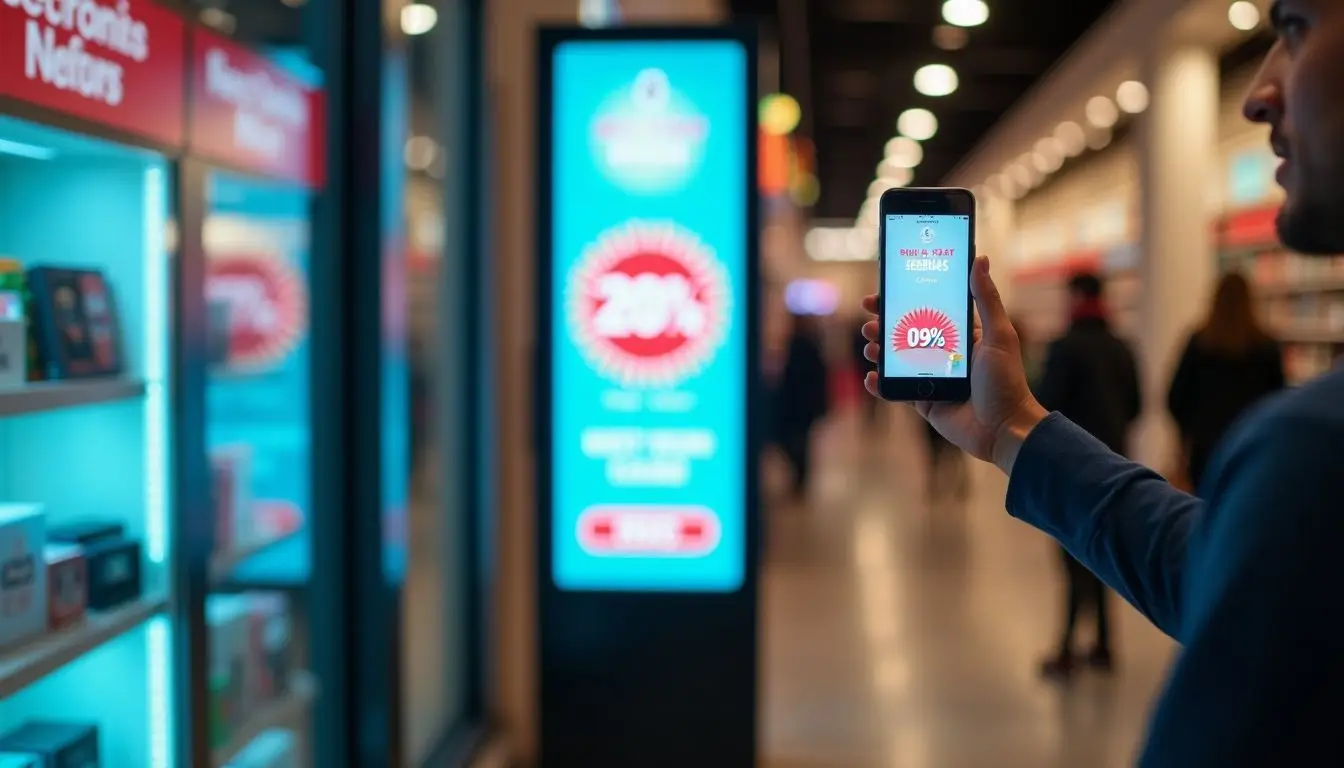
New arrivals and best-sellers attract customers. Digital signs make these products stand out.
- Showcasing new items helps create excitement. Customers are more likely to notice fresh merchandise through bright displays.
- Best-sellers gain attention quickly. Stores can highlight popular items to boost sales.
- Special promotions for new and top items drive urgency. Limited-time offers encourage quicker buying decisions.
- Changing messages keeps customers engaged. Regularly updating content ensures shoppers see the latest trends.
- Eye-catching visuals enhance shopping experience. Bright colors and clear images draw in shoppers better than simple labels.
- Using video loops adds flair to the display. Moving images can capture interest more than static signs.
- Adding price tags or discounts informs buyers easily. Shoppers appreciate knowing how much they can save on favorite products.
- Placing digital signs near checkout areas reminds customers of must-have items. This strategy can lead to upselling at the point of purchase.
Dynamic advertisements based on time of day
Dynamic advertisements change based on the time of day. Stores can show different offers in the morning than they do at night. For example, a coffee shop might promote breakfast deals early in the day.
At lunch, it could switch to meal specials.
This strategy boosts sales by catching customer attention when they are most likely to buy. Retailers can use sales promotions that fit the moment. Weather-based messaging also plays a role here.
If it’s hot outside, stores might push cold drinks or summer clothing. These tailored messages grab shoppers’ interest and drive foot traffic into stores while maximizing marketing efforts with point-of-purchase displays.
Weather-based messaging
Weather-based messaging is a smart way to connect with customers. Retailers can adjust their ads based on the weather outside. On sunny days, stores may promote summer clothes or ice cream.
On rainy days, they could highlight cozy indoor activities or hot drinks. This approach makes marketing more relevant and timely.
Using digital signs for weather updates helps boost sales. Customers see offers that match their needs in real-time. Limited-time promotions become more effective when linked to current conditions.
For example, a store might advertise a special sale on umbrellas during a rainstorm. This strategy drives foot traffic and increases sales through engaging content tailored for shoppers’ experiences.
Scrolling signs for announcements
Scrolling signs are great for making announcements in retail spaces. They grab attention and keep customers informed. Retailers can use these signs to promote limited-time offers or special sales.
Messages roll by, showing both new deals and current events.
These displays help create excitement among shoppers. First-hand experience shows that customers often stop to read what’s on these scrolling signs. Retail signage like this increases foot traffic and boosts sales during important promotions.
Using point-of-purchase displays in tandem provides a powerful marketing tool for retailers looking to attract more buyers.
Strategies for Implementing Digital Signage in Retail
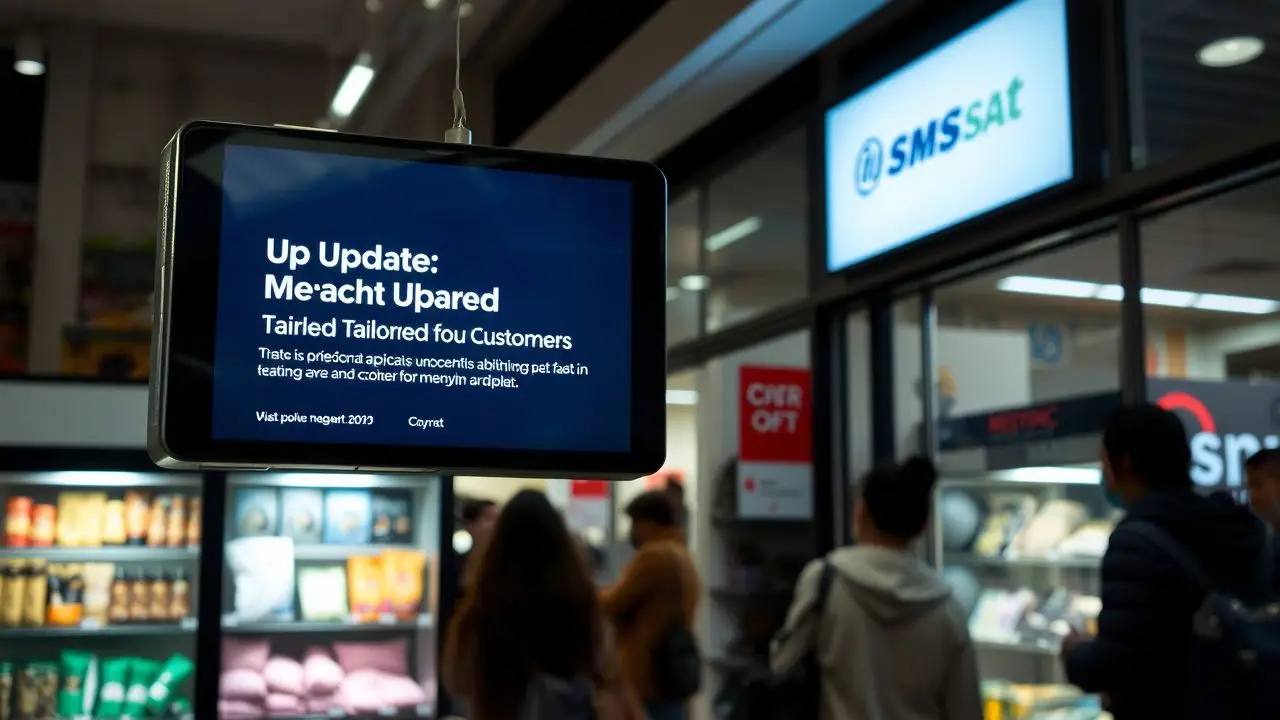
Retailers can boost customer engagement with digital signage. They should tailor content to fit local audiences and use real-time updates to keep information fresh.
Customizing content for local audiences
Customizing content for local audiences is key for success. Digital signs can speak directly to the community. The use of local events, holidays, or popular trends makes messages more relevant.
For instance, a sign that promotes a special sale during back-to-school season can grab attention.
Using customer data helps tailor promotions effectively. Retailers who showcase limited-time offers based on local preferences boost sales significantly. First-hand experience shows that this approach keeps customers engaged and excited about in-store marketing campaigns.
Localized content enhances visual merchandising and brings shoppers into stores to take advantage of exclusive deals.
Utilizing augmented reality and virtual try-ons
Digital signs can make shopping more fun. Augmented reality (AR) allows customers to try on products virtually.
- AR apps let shoppers see how clothes fit without trying them on. This saves time and enhances their experience.
- Virtual try-ons boost sales by helping customers make decisions faster. Shoppers feel confident when they can see items on themselves.
- Stores can use AR to show how furniture looks in a room. Customers visualize purchases better, leading to increased sales.
- Engaging digital displays attract more attention than traditional signs. Bright visuals draw shoppers in and encourage them to explore.
- Retailers can promote marketing promotions through AR experiences. Fun and interactive content keeps customers interested in limited-time offers.
- This technology helps create personalized experiences for local audiences. Retailers can connect with shoppers based on their interests and preferences.
Using augmented reality and virtual try-ons can transform retail display solutions. These tools enhance instore marketing efforts and improve point-of-purchase displays.
Showcasing customer reviews and testimonials
Showcasing customer reviews and testimonials is a great way to boost sales. Happy customers can share their stories on digital signs. These signs display positive feedback in real-time.
This tactic builds trust with new shoppers.
Using reviews makes products more appealing. For example, if a best-seller gets rave reviews, it grabs attention quickly. People love to hear from others before they buy. Seeing good comments can push them to make a purchase right away.
This method works well for promoting limited-time offers too. Customers feel more confident buying when they see praise from others.
Remote management for real-time updates
Retailers can manage digital signs from anywhere. This means they can change messages in real-time. For example, if a store has a limited-time offer, staff can update the sign quickly to attract shoppers.
Remote management helps keep content fresh and relevant. Stores can share new arrivals or best-sellers at just the right moment. They can even adjust ads based on weather or time of day.
This flexibility boosts sales and enhances in-store promotions effectively.
Gathering customer data for enhanced marketing
Customer data helps stores connect better with shoppers. Digital signs can collect useful information about what customers like. This includes which products get attention and when they buy them.
Retailers can use this data to create targeted advertising displays. They can show limited-time offers or promotions based on popular items.
Data also allows stores to adjust their point-of-purchase displays quickly. If a certain item is selling well, retailers may highlight it more often. They can change messages based on the time of day too, making sure they reach customers effectively.
By gathering this customer information, businesses boost sales and improve in-store promotions.
Measuring the Impact of Digital Signage on Sales

Measuring the impact of digital signage shows how well it works for sales. Retailers can use case studies to see what changes happen when they add digital signs.
Analyzing customer experience through case studies
Retailers can learn a lot from customer experience case studies. These studies show how digital signs boost sales and help with limited-time offers. For example, a store used point-of-purchase displays to promote a special sale.
Customers responded well and sales increased by 20%.
Another store used scrolling signs for announcements about new arrivals. This engaged customers and led to more purchases. First-hand experiences like these highlight the importance of effective retail sales tactics.
Data from these cases helps retailers improve their strategies and drive better results in their stores.
Measuring ROI for successful implementations
Measuring the return on investment (ROI) for digital signage in retail shows its value. Here’s a summary of how to do it:
| Step | Method | Example |
|---|---|---|
| 1. Track Sales | Compare sales before and after digital signage installation. | A store saw a 20% increase in sales for products advertised on digital signs. |
| 2. Analyze Customer Data | Use software to track how customers interact with digital signs. | Data showed a 50% rise in customers stopping to look at items featured on digital signs. |
| 3. Calculate Cost Savings | Factor in reduced printing and advertising costs. | Switching to digital saved a retailer $5,000 a year in printing costs. |
| 4. Consider Customer Experience | Gather feedback on how digital signs impact shopping. | Surveys revealed 80% of shoppers found digital signs helpful for finding deals. |
| 5. Assess Brand Image | Evaluate the impact on store and brand perception. | Feedback indicated the digital signs made the store feel more modern and engaging. |
Using these steps helps retailers see the benefits of digital signage. It shows not just in sales but also in cost savings and customer satisfaction.
Driving digital transformation in retail
Digital signage helps retailers change how they do business. It boosts sales by giving customers quick information. Stores can share limited-time offers and instore promotions easily.
Bright screens grab attention, making customers stop and look. Digital signs allow shops to update messages in real time. This means they can change ads based on the time of day or weather.
Using digital tools also makes it easier to connect with local audiences. Retailers can show content that fits their community’s needs. They might highlight new arrivals and best-sellers too.
By tracking customer data, stores learn what works best for boosting sales at the point of purchase displays. Digital transformation in retail is fast and effective, helping businesses grow stronger every day.
The future of digital signage in retail
Retail will see great changes with digital signage. Stores will use these signs to grab more attention. Limited-time offers can flash across screens, making them hard to ignore. Customers want quick updates about new arrivals and best-sellers.
Signs that change based on the time of day can highlight special sales too.
Weather-based messages can boost sales as well. For example, a rainy day could promote raincoats or umbrellas. Scrolling announcements keep customers informed about events and deals.
Retailers can even gather data from these interactions to improve marketing strategies over time. The future looks bright for digital signs in stores as they help create better shopping experiences.
Conclusion
Digital signs are a valuable tool for retailers. They help promote sales and limited-time offers effectively. These signs grab attention and share exciting news quickly. Retailers can show new arrivals or best-sellers with slideshows and video loops.
Dynamic advertisements can change based on the time of day or even the weather.
Customer feedback shows that digital signage boosts sales at point-of-purchase displays. Shoppers respond well to scrolling signs announcing special deals. This technology allows real-time updates, making it easy for stores to adapt their messages quickly.
As more retailers embrace these tools, they drive stronger customer engagement and higher profits through effective marketing strategies like limited-time offers.
FAQs
1. How do digital signs help retailers promote sales and limited offers?
Digital signs are a powerful tool for retailers to showcase sales and limited-time offers. They draw customer attention at the point of purchase, leading to increased sales.
2. Can digital signs be used at point-of-sale displays?
Yes, digital signs can effectively be used at point-of-sale displays. They provide real-time updates about limited time offers, encouraging customers to make immediate purchases.
3. What is the advantage of using digital signs over traditional signage in retail stores?
The main advantage of using digital signs is their ability to display dynamic content such as limited time offers quickly and efficiently compared to traditional signage.
4. Are there any specific strategies for displaying content on these digital signs?
Yes, one effective strategy is placing them as point-of-purchase displays where they can directly influence buying decisions by promoting sales and showcasing limited-time offers.
